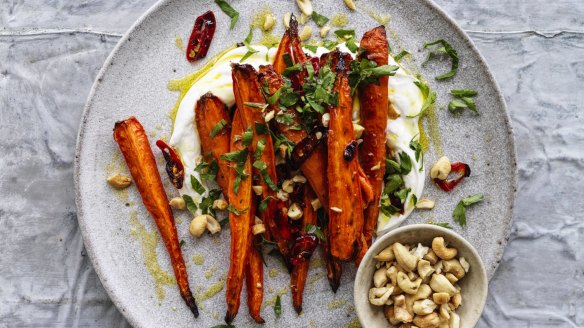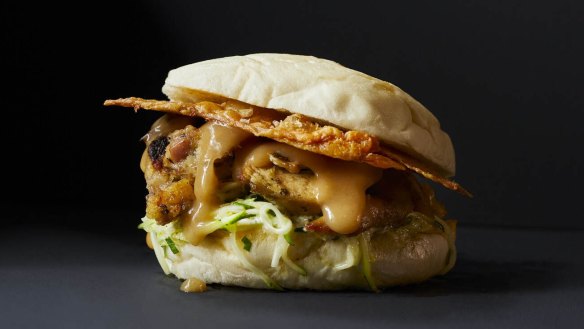The amazing reason some vegetables taste better in winter

Why do winter vegetables taste better after cold snaps? L. Eickmeyer
I'd be heading to the farmer's market this weekend and stocking up on swedes, carrots, cabbage and kale because there is a good chance they'll taste a lot sweeter.
When cold weather hits, some plants do something ingenious to protect themselves. They produce antifreeze.
This involves releasing enzymes that break down some of the starch in the cells into simple sugars. When sugar is introduced to water, it lowers the freezing point.
Freezing is terrible for plants because if ice crystals form inside a plant, the cells can expand and rupture, damaging the plant.
The sugars dissolved into liquid within cells can allow the plant to experience subzero temperatures without freezing.
The benefit for us is that vegetables will taste sweeter, which is particularly pleasing in some root vegetables and brassicas, including turnips, beetroot, Brussels sprouts and broccoli, where the chill-induced sweetness balances the plants' natural bitterness.

What do butchers do with the skin removed from chicken breasts and thighs? D. Smith
Sausages. And chicken mince. Chicken skin is about 35 per cent protein and 10 per cent fat, perfect for bulking out chicken sausages and adding some rich mouthfeel to chicken mince.
Some processors sell chicken skin to the restaurant trade for less than $5 a kilo. Chefs love cooking chicken skin to make a crunchy golden crisp with a flavour like roast chook.
- Make your own by getting 200g of chicken skin, placing them skin side down and scraping away as much fat as possible from the inside with a sharp knife.
- Stretch the pieces out on a baking tray lined with baking paper, sprinkle with a little salt, top with another sheet of baking paper weighed down with another baking tray and bake in a 180C oven for 15-20 minutes until crisp.
- Cool completely and store in an airtight container in the fridge.
- Use the resulting crisps instead of crackers with dip to add a crunchy element to a chicken sandwich, or crumble them over a salad, rice or pasta dish.
Letters
Recently we were discussing fondue. A woman of Swiss background called Heide wrote in to share her recollections of growing up with fondue. "My mother's recipe used Neuchatel wine and a mix of grated gruyere and emmenthaler. She rubbed the inside of a heavy saucepan with garlic, then warmed the cheese and wine in the pot with two teaspoons of lemon juice, stirring all the time in a figure eight movement. She then added a liqueur glass of kirsch mixed with one heaped teaspoon of cornflour, grated nutmeg, pepper or paprika. Once smooth and thickened, she transferred it to the fondue pot over a spirit stove on low heat. We used crusty white bread, and light rye cut into cubes [to dip in the fondue]. The tradition in Switzerland was if a man dropped his bread in the pot, he shouted the next round of drinks. However, if a woman dropped her bread, she had to kiss the man next to her."
